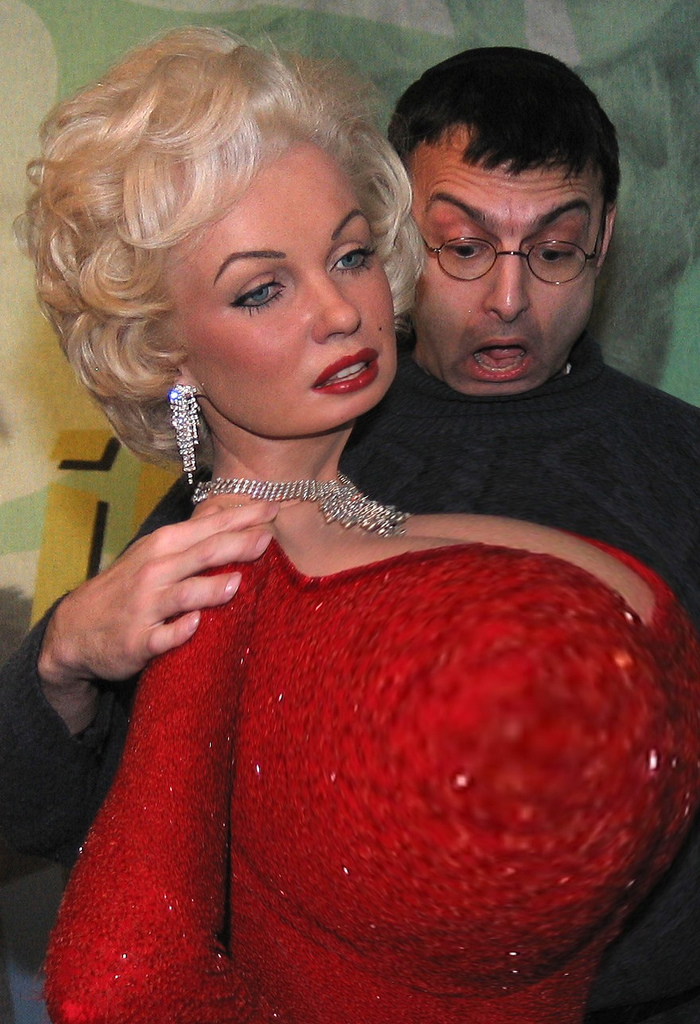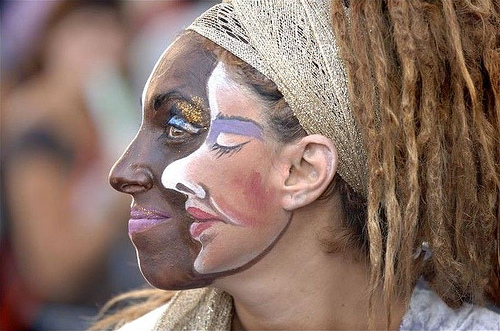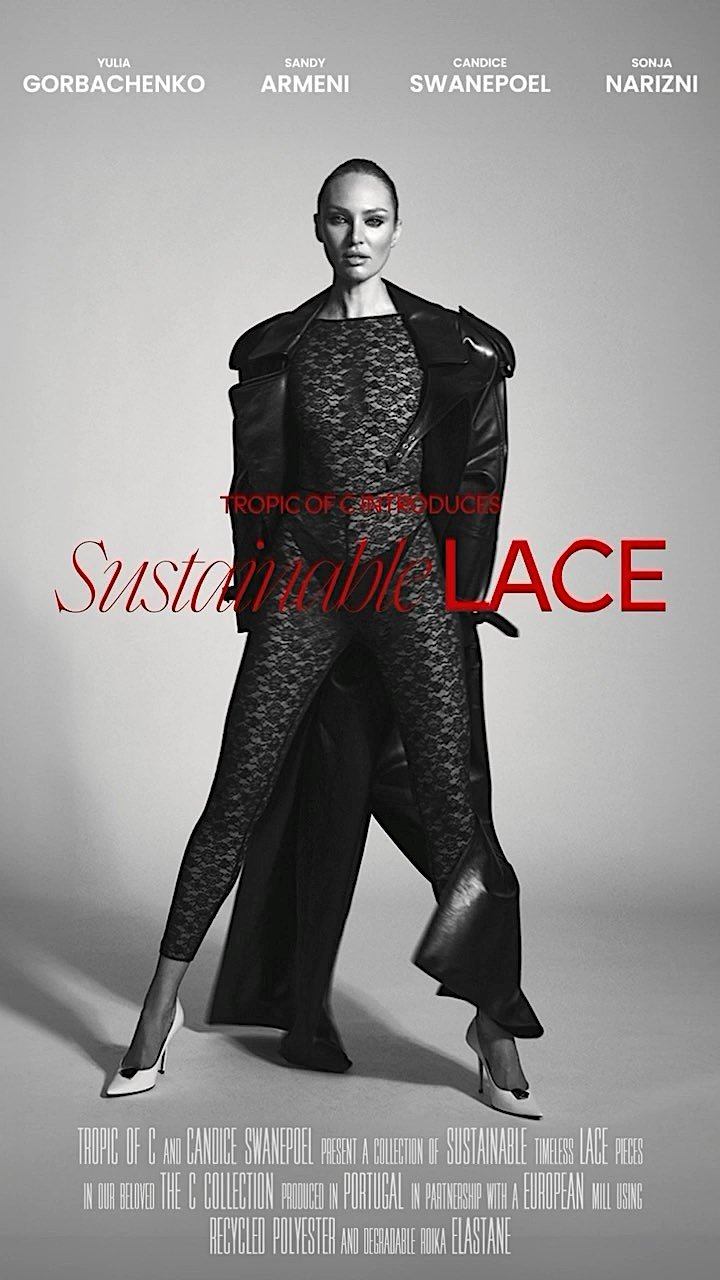First Impressions, Women and the World of Plastic Surgery
/Beatrice Morabito | Making Waves | Modern Aphrodites-1 AOC Private Studio
More and more people, especially women are paying greater attention to their physical appearance – and for a woman like me, a simple mascara to enhance my eyes and lip gloss are still reflection that we are a product of media and that we embrace changes to our natural physical appearance. According to the American Society for Aethetic Plastic Surgery, almost 9.5 million Americans had received cosmetic procedures in 2010. This is an increase of nine percent in the past year, with surgical procedures accounting for 17 percent of the total.
What was once considered part of the domain of wealthy older women has now become a mainstream option for many individuals, regardless of income bracket or lifestyle. A recent survey has revealed that more than half of Americans approve of plastic surgery. These numbers suggest that many people, regardless of income, marital status or gender, view plastic surgery as a reasonable option.
The World of First Impressions
Cosmetic surgery can have a positive impact on a person if their body image is consistently associated to a negative focus on a body part or facial feature. An article “Plastic surgery: Beauty or beast?” reminds us that physically attractive people receive preferential treatment and are viewed by others as being more outgoing, dominant and intelligent than their less attractive counterparts.
Yet another survey conducted by Newsweek revealed that 57% of the interviewed hiring managers said that less attractive candidate are likely to have harder time in finding a job. This quick judging of the candidates has only increased in our highly competitive job market. See the effect?
A 2010 study published in Psychological Science suggests that the general public pays more attention to people they find attractive.
Most of us have read that first impressions are made in the first 30 seconds. The reality of human brain science make actually be worse. The Association for Psychological Science writes:
A series of experiments by Princeton psychologists Janine Willis and Alexander Todorov reveal that all it takes is a tenth of a second to form an impression of a stranger from their face, and that longer exposures don’t significantly alter those impressions (although they might boost your confidence in your judgments).
Women, Men and Cosmetic Procedures
Women accounted for 92 percent of all procedures performed in the US in 2010. This amounts to almost 8.6 million cosmetic procedures. The five most common surgical procedures for women were liposuction, breast augmentation, abdominoplasty, breast reduction and blepharoplasty or eyelid surgery.
Conversely, men had over 750,000 cosmetic procedures, a majority of which were rhinoplasty, eyelid surgery, liposuction, cosmetic ear surgery and breast reduction for enlarged male breasts.
Weighing out the Benefits and Consequences of Plastic Surgery
Doctors are aware of the psychological drama affecting the lives of their patients, and as such, it has become a crucial factor when assessing a patient. If you’re considering plastic surgery, you must ask yourself what you hope to achieve.
 Bump Filter by Chaim Zvi @ FlickrIn other words, while cosmetic surgery can improve a patient’s body, these procedures carry no guarantee of personal happiness or improved self-image.
Bump Filter by Chaim Zvi @ FlickrIn other words, while cosmetic surgery can improve a patient’s body, these procedures carry no guarantee of personal happiness or improved self-image.

The Real Face of Plastic Surgery
Anyone interested in plastic surgery should consider the benefits and consequences of the procedure. For some plastic surgery can be a life-enhancer. For others, plastic surgery can change them for the worst. While many people have resorted to plastic surgery in hopes of finding some peace of mind or happiness after the procedure are satisfied with the outcome, some emerge scarred and deformed.
People turn to plastic surgery for various reasons. But, for women like Heidi Montag, plastic surgery became an obsession which stemmed from a childhood filled with insecurities. After arriving in Hollywood, she underwent almost a dozen cosmetic procedures which ranged from breast augmentation to neck liposuction. While the operation seemed to be a success (or not?), Montag later confessed regretting her surgeries that left her body disfigured and scarred.
The same can be said for Cindy Jackson, who resorted to plastic surgery to alter almost every part of her body. At the age of fifty-five, Jackson has had fifty-two cosmetic procedures ranging over a twenty-three year span. To date, Jackson is the current record holder for the most cosmetic procedures in the world. Jackson’s philosophy about her body is simple— she didn’t like the way she looked, so she used everything within her means to change her appearance. But, is resorting to such extreme measures as plastic surgery as a vehicle for self-improvement the “right” message to send to women and girls around the world?
In recent headlines, self-proclaimed “Human Barbie”, also known as Sarah Burge found herself at the center of a media storm after she gave her seven year old daughter a voucher for breast augmentation as a birthday present. Many critics have commented that the self-confessed plastic surgery addict is setting a poor example for her daughter and girls around the world.
 In Tim Zim’s Photostream @ FlickrCosmetic surgery is performed on millions of Americans every year for both aesthetic and medical reasons. The final outcome of medically necessitated surgery is different from cosmetic surgery. When cosmetic surgery is required for medical reasons, the objective is whether or not the problem has been corrected. In 2008, Connie Culp became the first US recipient of a full face transplant to rebuild a face which had been destroyed by a shotgun blast years prior. A year later, Charla Nash became the third recipient of a full-face transplant in the US, after her face was destroyed when she was attacked by a friend’s pet chimpanzee. For both women, the surgery allowed them to live more comfortably with a reconstructed face and jaw.
In Tim Zim’s Photostream @ FlickrCosmetic surgery is performed on millions of Americans every year for both aesthetic and medical reasons. The final outcome of medically necessitated surgery is different from cosmetic surgery. When cosmetic surgery is required for medical reasons, the objective is whether or not the problem has been corrected. In 2008, Connie Culp became the first US recipient of a full face transplant to rebuild a face which had been destroyed by a shotgun blast years prior. A year later, Charla Nash became the third recipient of a full-face transplant in the US, after her face was destroyed when she was attacked by a friend’s pet chimpanzee. For both women, the surgery allowed them to live more comfortably with a reconstructed face and jaw.
Women like Heidi Montag, Cindy Jackson and Sarah Burge have demonized the word “plastic surgery” in the minds of many people. Their use (or abuse) of plastic surgery has caused the world to view them with contempt, not because of their eagerness to undergo numerous and unnecessary medical procedures. Rather, because of the relative ease these women are able to agree to having so much of their bodies cut away, pulled and stitched back together, that one can’t help but wonder if they will ever be satisfied with their bodies. Conversely, in women like Connie Culp and Charla Nash, plastic surgery was a life saving miracle which gave them a deeper appreciation for the bodies that they had and the resolute determination to enjoy the bodies which plastic surgery has returned to them.
Realistically, the majority of us don’t exist in either camp. A totally narcissistic, self-absorbed woman whose face is stretched tighter than a steel drum most likely isn’t reading AOC. Simply stated, we enjoy looking our best and are quite realistic about the expectations surrounding successful, engaged women and men in today’s world. Many of us might cry “say it isn’t so”, but psychological and sociological research isn’t on our side. Positive first impressions and more of just about everything are connected in life. Anne






























